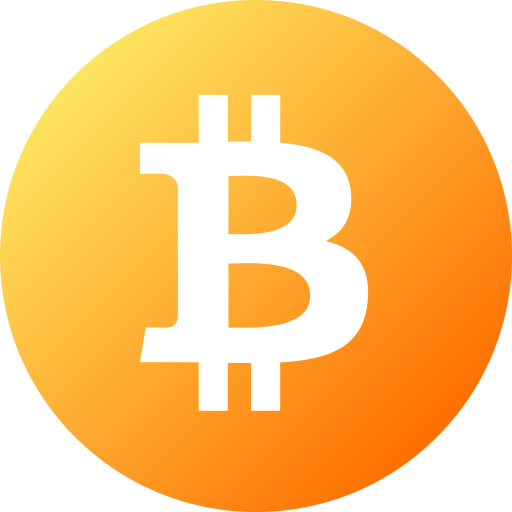Markets, XMR, Monero, darknet, Privacy Coins Privacy tokens have been suffocated as governments all over the world struggle darknet markets – so it is again to bitcoin for purchasers of illicit items.
Darknet markets are more and more returning to bitcoin (BTC) as their main cryptocurrency due to rising liquidity and accessibility challenges related to privacy-focused cash like monero (XMR), in line with Eric Jardine, cybercrime analysis lead at Chainalysis.
“After major exchanges delisted XMR, we observed a significant increase in bitcoin inflows,” Jardine mentioned in an interview with CoinDesk. “Reduced accessibility is steering users back toward bitcoin.”
Many Western markets on the darknet — part of the web hosted inside an encrypted community and accessible solely by means of specialised anonymity-providing instruments — had both absolutely moved to monero or operated with it in parallel with bitcoin earlier than the delistings. XMR dropped off after it was faraway from main exchanges.
OKX eliminated XMR and different privacy-focused tokens together with sprint (DASH) and ZCash (ZCH) on the finish of 2023. Binance announced in February 2024 that it deliberate to de-list monero.
“When a coin or token no longer meets this standard, or the industry changes, we conduct a more in-depth review and potentially delist it,” Binance mentioned on the time.
On-chain data from BitInfoCharts reveals that the each day variety of monero transactions has halved from this time final 12 months.

“In order to be an effective kind of medium of exchange, you need a certain amount of liquidity and a certain amount of accessibility,” Jardine mentioned.
Jardine emphasised that illicit cryptocurrency transactions symbolize solely a minor share of whole crypto exercise.
“Typically, illicit transactions constitute at or below 1% of total crypto activities. While addressing these issues is essential, broadly labeling crypto negatively is inaccurate and counterproductive.”
Chainalysis data shows that about 0.14% of all transactions in crypto, some $50 billion, contain illicit exercise, with an increase in stablecoins as a bootleg cost mechanism.
The stablecoin issuers are preventing again, with the Tron-led T3 Financial Crime Unit, a gaggle comprising of Tron, USDT-issuer Tether and TRM Labs freezing over $100 million in illict funds.
Jardine additionally famous that law-enforcement companies prioritize darknet markets based totally on their scale and involvement within the fentanyl commerce.
Its presence considerably escalates the probability of a darknet market attracting regulation enforcement consideration, he mentioned, as a result of fighting the drug is a priority for international law enforcement.
“Markets have sort of varying levels of sensitivity to fentanyl-related sales,” he mentioned. “Some claim they don’t do it, then don’t police vendors; some claim they don’t do it, but then they do. Some will be selling precursor products but not finished products.”
Indeed, one of many most recent darknet market busts was the Nemesis on-line market. The U.S. Department of the Treasury’s Office of Foreign Assets Control (OFAC) particularly cited the market’s position within the fentanyl commerce as a motive for the bust.
And, because of this, OFAC sanctioned quite a lot of crypto wallets tied to its operator, Behrouz Parsarad: 44 BTC addresses and 5 XMR wallets.
CoinDesk: Bitcoin, Ethereum, Crypto News and Price Data Read More
